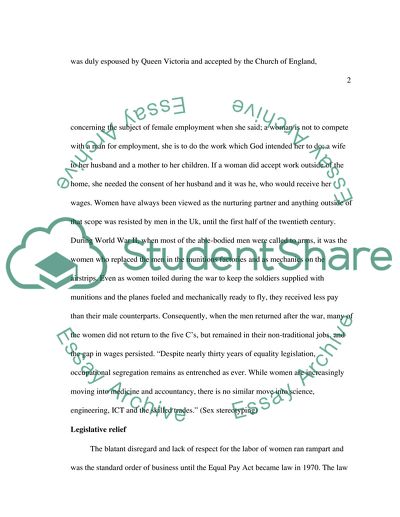Cite this document
(“Analysing the components of the gender pay gap in the u.k (year 2003) Dissertation”, n.d.)
Analysing the components of the gender pay gap in the u.k (year 2003) Dissertation. Retrieved from https://studentshare.org/miscellaneous/1536076-analysing-the-components-of-the-gender-pay-gap-in-the-uk-year-2003
Analysing the components of the gender pay gap in the u.k (year 2003) Dissertation. Retrieved from https://studentshare.org/miscellaneous/1536076-analysing-the-components-of-the-gender-pay-gap-in-the-uk-year-2003
(Analysing the Components of the Gender Pay Gap in the u.K (year 2003) Dissertation)
Analysing the Components of the Gender Pay Gap in the u.K (year 2003) Dissertation. https://studentshare.org/miscellaneous/1536076-analysing-the-components-of-the-gender-pay-gap-in-the-uk-year-2003.
Analysing the Components of the Gender Pay Gap in the u.K (year 2003) Dissertation. https://studentshare.org/miscellaneous/1536076-analysing-the-components-of-the-gender-pay-gap-in-the-uk-year-2003.
“Analysing the Components of the Gender Pay Gap in the u.K (year 2003) Dissertation”, n.d. https://studentshare.org/miscellaneous/1536076-analysing-the-components-of-the-gender-pay-gap-in-the-uk-year-2003.


